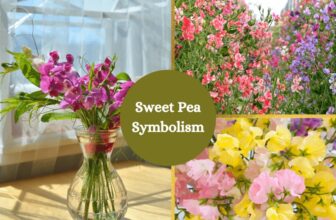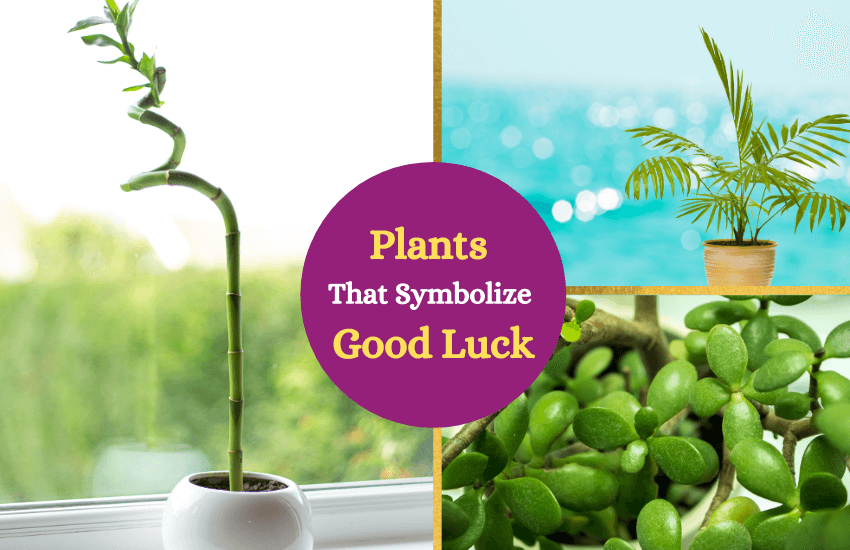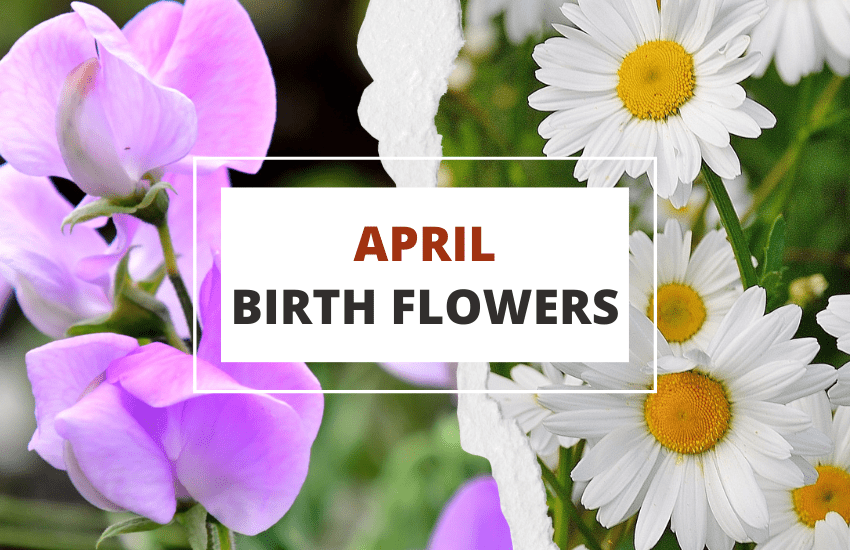
Table of Contents
Daisy and sweet peas are two popular birth flowers for the month of April. Daisy is a bright and cheerful flower. It’s often depicted in art and literature as a symbol of innocence and beauty.
Sweet pea is a fragrant and delicate flower that is associated with delicate beauty and grace. It’s often used in floral arrangements and bouquets and is a popular choice for weddings and other special occasions. Both daisies and sweet peas are known for their beautiful colors and delicate scents and are a welcome addition to any garden or flower arrangement.
In this article, we’ll take a closer look at these two birth flowers as well as the meaning and symbolism behind them.
Daisies – What You Need to Know
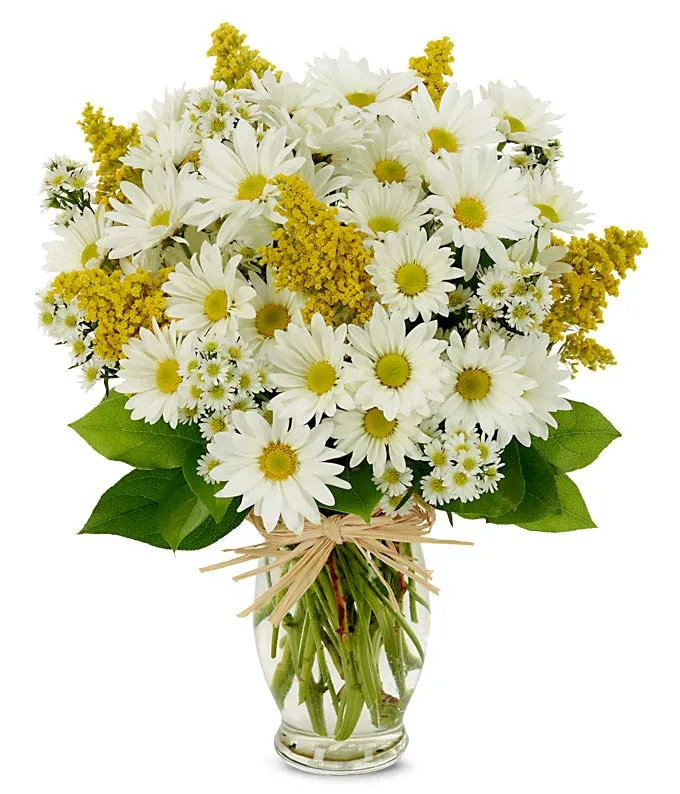
The daisy is a type of flowering plant in the Asteraceae family. It’s known for its bright and cheerful flowers, which typically have a yellow center and white petals.
Native to many parts of the world, including Europe, Asia, and North America, the daisy is a common sight in meadows, fields, and gardens. Some common varieties of flowers include the English daisy, the Shasta daisy, and the oxeye daisy.
The main reason why daisies are a symbol of true love is that they’re composed of two flowers working in perfect harmony to project ultimate beauty. While the petals vary in color depending on the species, the center of the daisy is a collection of tiny florets that resemble the sun.
Daisy Facts

Here are some interesting facts about the daisy:
- The daisy gets its name from the Old English phrase “dægeseage,” which means “day’s eye.” This refers to the way the daisy’s petals open during the day and close at night, like an eye.
- The daisy is a composite flower, meaning that it’s made up of many small flowers, or florets, arranged in a circular pattern. The central disk of the daisy is actually made up of many tiny, tubular flowers, while the outer petals are made up of ray florets.
- The daisy is a popular symbol in art and literature. It is often used to represent innocence, purity, and simplicity, and is a common subject in poetry and paintings.
- This flower is a food source for many animals, including bees, butterflies, and birds. The nectar of the daisy’s flowers is a favorite of bees and other pollinators, while the seeds of the daisy are eaten by birds and small mammals.
- The daisy is a popular garden plant and is easy to grow in a variety of soil types and climates. It’s often used in meadows, fields, and gardens as a ground cover or border plant.
Daisy Meaning and Symbolism
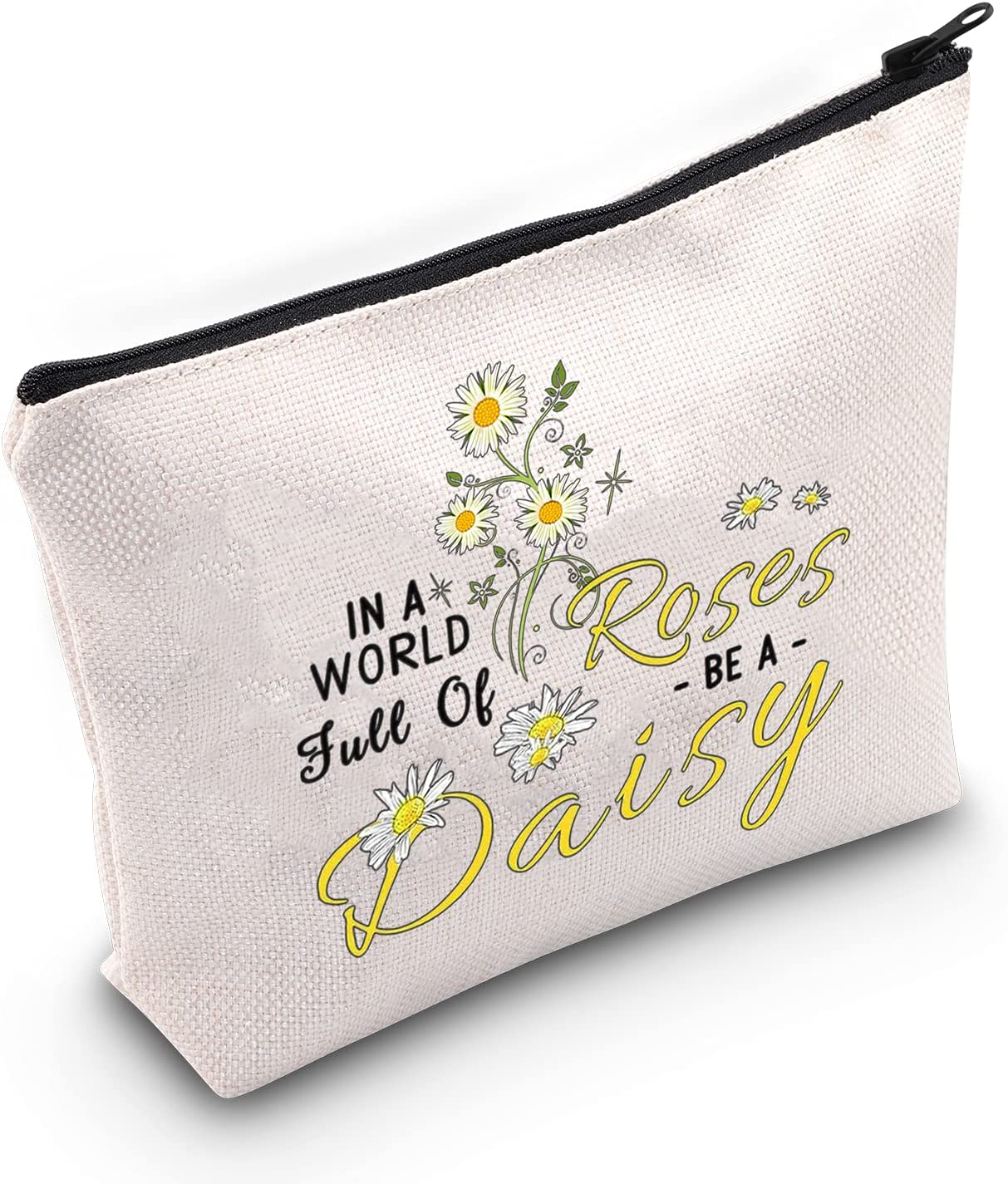
The daisy is often associated with innocence, purity, and simplicity. The bright and cheerful colors of the daisy’s flowers, along with its delicate and unassuming appearance, have made it a symbol of these qualities throughout history.
In art and literature, the daisy is often used as a symbol of innocence and is often depicted in scenes of childhood or in poems and stories that deal with themes of purity and simplicity. The daisy is also associated with love and loyalty and is often given as a token of affection or as a symbol of commitment in relationships.
The meaning and symbolism of the daisy are closely tied to its associations with innocence, purity, and simplicity, and with the joy and beauty of nature.
Daisy Symbolism According to Color
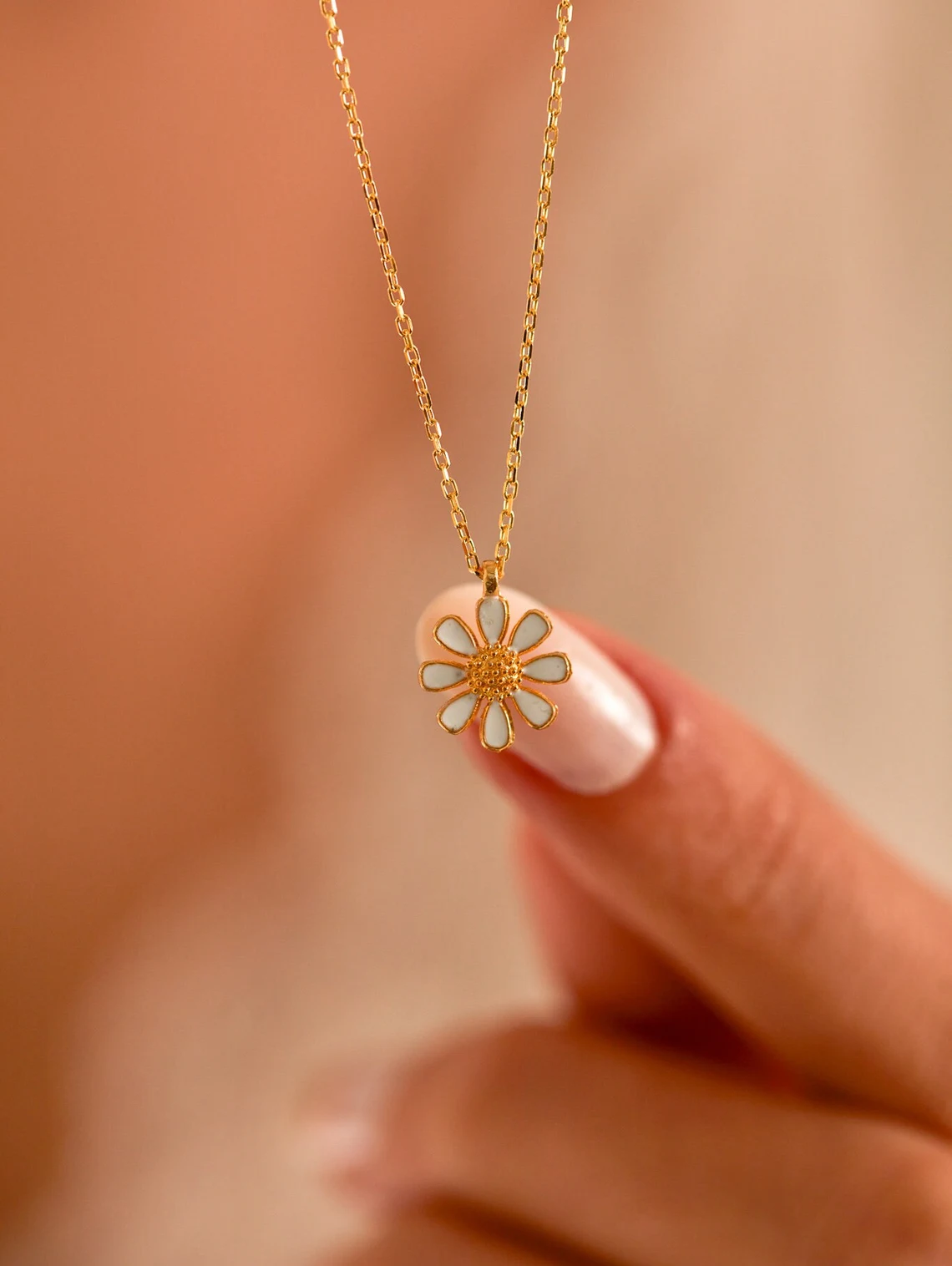
The symbolism of the daisy may vary depending on the color of the flower. Here are some common associations with different colors of daisies:
- White – This shade is a symbol of innocence or purity. They make good gifts for children or religious occasions.
- Yellow – This happy shade symbolizes happiness and friendship. If you want to seal your friendship and your secrets with a gentle gesture, a yellow daisy is a way to go.
- Pink – This shade is a symbol of affection and gentle love. They are the flowers commonly given to mothers on Mother’s Day or their birthdays.
- Blue – These daisies symbolize happiness. They make good additions to celebration decor’.
- Red – They symbolize romance and passion. If you want to remind your partner of how crazy you are about them, gift them with red daisies.
The symbolism of the daisy can vary depending on the context and the specific meaning that the person using the symbol wants to convey. For example, a white daisy may symbolize innocence and purity in one context, while a pink daisy may symbolize love and romance in another context.
The color of the daisy can add additional layers of meaning to the symbol, but it is not the only factor that determines its significance.
Uses of the Daisy
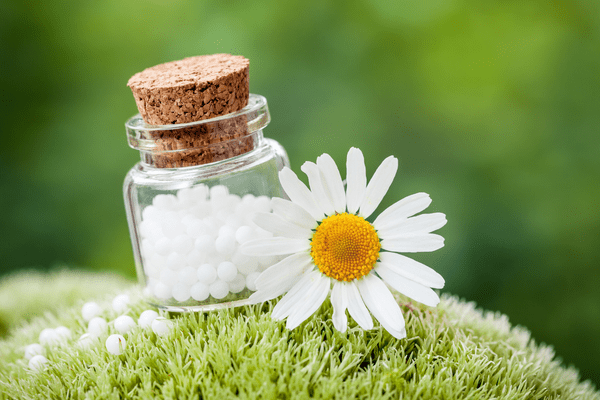
The daisy is a popular garden plant that’s valued for its bright and cheerful flowers. It’s often used as a ground cover or border plant in gardens, meadows, and fields, and is known for its ability to thrive in a variety of soil types and climates.
In addition to its use in landscaping, the daisy has other uses such as:
- Food source: The daisy is a food source for many animals, including bees, butterflies, and birds. The nectar of the daisy’s flowers is a favorite of bees and other pollinators, while the seeds of the daisy are eaten by birds and small mammals.
- Medicine: Some traditional herbalists use daisy flowers and leaves as a remedy for various ailments, such as headaches, colds, and skin irritations.
- Dye: The daisy can be used as a natural dye for fabrics and other materials. The petals of the daisy can be used to produce a yellow or orange dye, while the leaves and stems can produce a green dye.
- Beauty: The daisy is often used in beauty products, such as lotions, soaps, and perfumes, due to its delicate, floral scent.
Use of the Daisy in Egypt
In Ancient Egypt, daisies were used for medicinal purposes. Externally, they were used to treat wounds and ulcers. This has been adopted in the modern day whereby teas made out of daisies are used to alleviate bronchitis, coughs, and general inflammation.
Use of the Daisy in Rome
The Romans used daisies for a variety of purposes. They ate daisy leaves and flowers as a vegetable, either raw or cooked. The flower was also a popular addition to salads and was also used as a garnish for other dishes.
The Romans used daisy flowers and leaves as a remedy for various ailments, such as headaches, colds, and skin irritations. Flowers and leaves were also used in beauty products, such as lotions, soaps, and perfumes, due to their delicate, floral scent.
Growing Daisies
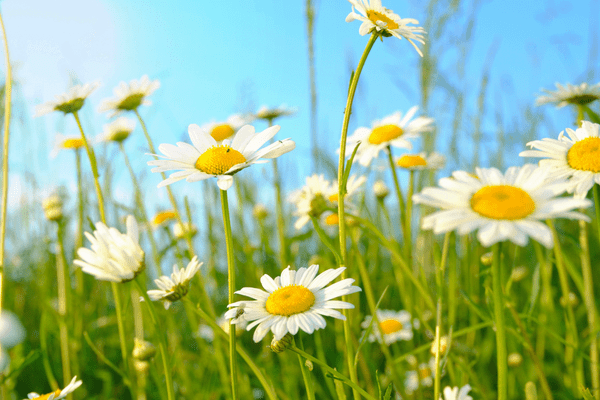
Growing daisies is a simple and rewarding task that can add color and beauty to any garden. Daisies are hardy plants that are easy to grow and care for, and they thrive in a variety of soil types and climates. To grow daisies, follow these steps:
- Choose a sunny location for your daisy plants, as they prefer full sun.
- Prepare the soil by loosening it with a fork and removing any weeds or debris.
- Plant your daisy seeds or seedlings in the prepared soil, spacing them about 10-12 inches apart.
- Water the plants regularly, making sure to keep the soil moist but not soggy.
- Deadhead the flowers regularly to encourage new growth and prevent the plants from going to seed.
With proper care, your daisy plants should thrive and produce beautiful flowers throughout the growing season. They are a low-maintenance and rewarding addition to any garden.
Sweet Pea – What You Need to Know
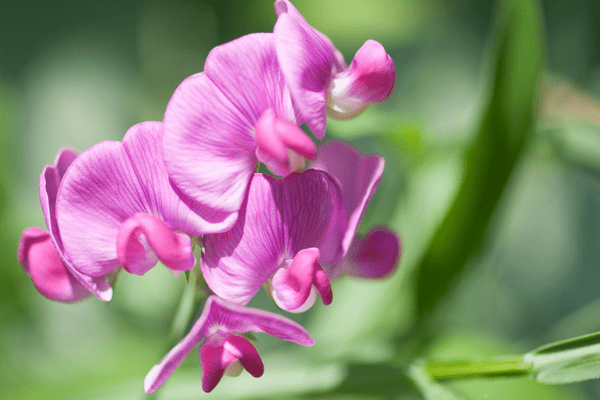
The sweet pea is a flowering plant native to Sicily. It’s a member of the legume family and is closely related to other plants such as beans and peas. However, it’s not edible, and while it’s marked toxic for consumption, it gives off delightful scents, often similar to honey, jasmine, and oranges. Sweet peas are known for their delicate, fragrant flowers and are often used in gardens and as cut flowers.
They come in a variety of colors, including pink, purple, white, and red. The sweet pea plant is a climbing vine that can grow up to six feet tall, and its flowers are typically about an inch in diameter.
Sweet Pea Facts
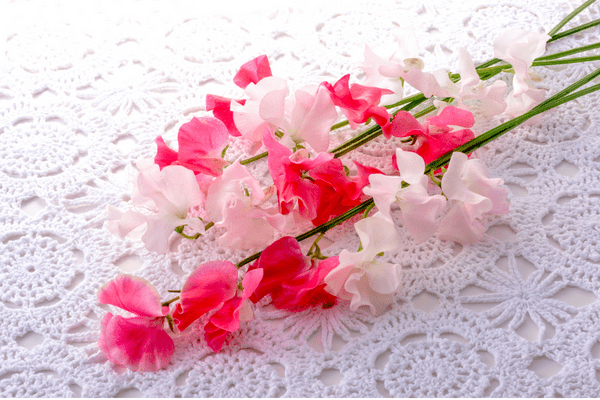
Let’s take a look at some interesting facts about sweet peas:
- The sweet pea is named after its sweet-smelling flowers, which are often used in perfumes and other fragrances.
- This plant is a climbing vine that can grow up to six feet tall.
- The sweet pea was first cultivated in Sicily in the 17th century and was later introduced to England, where it became a popular garden plant.
- It’s a member of the pea family and is related to other legumes such as beans, lentils, and peanuts.
- The sweet pea plant has been bred to produce a wide variety of cultivars, with flowers in different colors including pink, purple, white, and red.
- Sweet peas are often used in floral arrangements and are a popular choice for wedding bouquets and other special occasions.
- The sweet pea is an edible plant and its young pods can be eaten raw in salads or cooked like green beans.
- This plant is a rich source of antioxidants and has been shown to have potential health benefits, including anti-inflammatory and anti-cancer effects.
- The sweet pea is a popular choice for home gardens and can be grown from seeds or plants. It is relatively easy to grow and does well in a variety of soil conditions.
- The sweet pea plant is known for its delicate beauty and fragrant flowers, making it a favorite among gardeners and flower lovers alike.
Sweet Pea Meaning and Symbolism
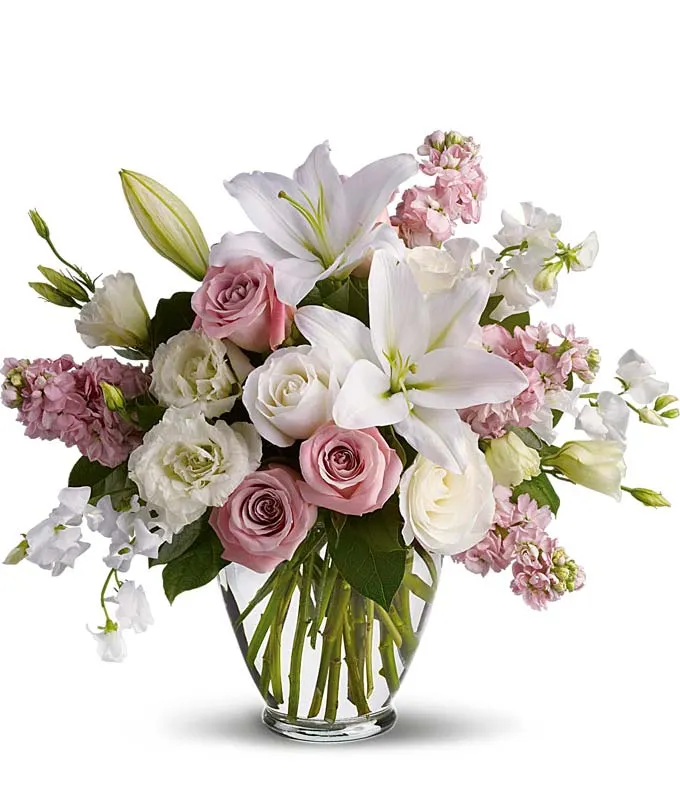
The sweet pea is often associated with a variety of symbolic meanings and interpretations, depending on the context and cultural background. Some common symbolic meanings of the sweet pea include:
1. Love and Affection
The sweet pea is often associated with love and affection, due to its delicate and fragrant flowers. It’s often given as a gift to express love and appreciation and is used in wedding bouquets and other romantic occasions.
2. Delicate Beauty
The sweet pea is known for its delicate and graceful appearance, with its slender vines and colorful, fragrant flowers. This delicate beauty is often seen as a symbol of femininity, grace, and elegance.
3. Departure or Goodbye
The sweet pea is sometimes associated with the idea of departure or goodbye, due to its fleeting nature and tendency to wilt quickly. In this context, it can symbolize the fleeting nature of life and the importance of cherishing each moment.
4. Strength and Resilience
Despite its delicate appearance, the sweet pea plant is quite strong and resilient. It’s able to climb and support itself on other plants and structures and can withstand a variety of environmental conditions. In this sense, the sweet pea can symbolize strength and resilience in the face of challenges.
5. Fragrance and Scent
The sweet pea is known for its sweet, fragrant flowers, which are often used in perfumes and other fragrances. In this context, the sweet pea can symbolize the power of scent and fragrance to evoke emotions and memories.
Sweet Pea Symbolism According to Color
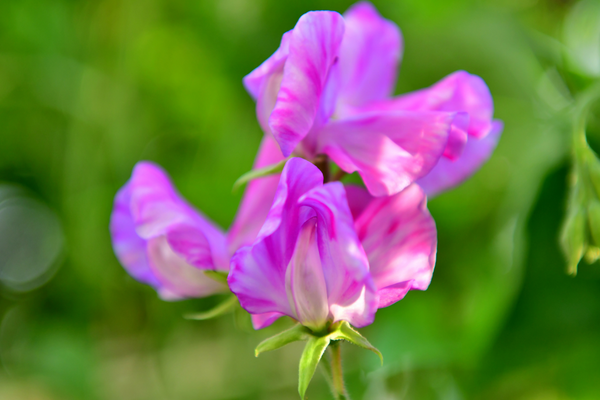
The symbolism of sweet peas according to color can vary depending on the context and cultural background. However, some common symbolic meanings associated with the different colors of sweet peas are:
- Pink sweet peas: Pink sweet peas are often associated with love, affection, and tenderness. They symbolize the joy and happiness of a new relationship or the warmth and comfort of a long-standing one.
- Purple sweet peas: Purple sweet peas represent royalty, luxury, and nobility. They symbolize the power, elegance, and sophistication of a person or situation.
- White sweet peas: White sweet peas are typically associated with purity, innocence, and spirituality. This color of sweet pea also symbolizes the clarity and serenity of the mind and soul and can be used in spiritual rituals and ceremonies.
- Red sweet peas: Red sweet peas are often associated with passion, desire, and intensity. They can also represent the heat and intensity of strong emotions and can be used to express love, desire, or anger.
Uses of the Sweet Pea
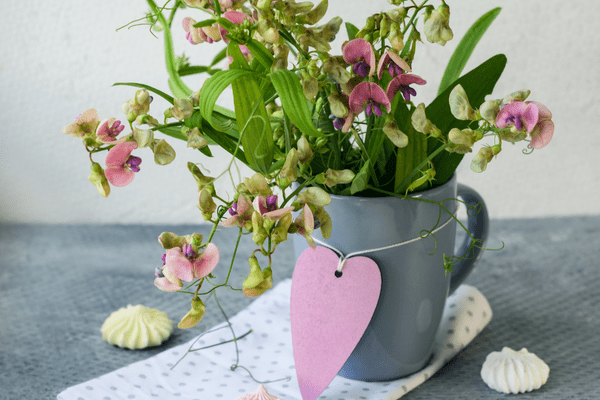
Sweet peas are often used for a variety of purposes, including the following:
1. Ornamental Plants
Sweet peas are often grown as ornamental plants in gardens and flower beds. Their delicate and fragrant flowers are a popular choice for home gardens and can add color and beauty to any outdoor space.
2. Floral Arrangements
Sweet peas are often used in floral arrangements and bouquets. Their delicate and fragrant flowers make them a popular choice for weddings, anniversaries, and other special occasions.
3. Perfumes and Fragrances
The sweet-smelling flowers of the sweet pea plant are often used in perfumes and other fragrances. The sweet pea is known for its sweet, floral scent and is often used in perfumes and other scented products.
4. Edible Pods
The young pods of the sweet pea plant are edible and can be eaten raw in salads or cooked like green beans. They are a good source of vitamins and minerals and can add flavor and nutrition to a variety of dishes.
5. Medicinal Uses
Some research suggests that the sweet pea plant may have potential health benefits, including anti-inflammatory and anti-cancer effects. It is a rich source of antioxidants and other compounds that may have health-promoting properties.

Growing Sweet Peas
Growing sweet peas is a rewarding and enjoyable gardening activity that can add color and beauty to any outdoor space. Sweet peas are a type of flowering plant native to Sicily and the neighboring islands, and are known for their sweet-smelling flowers and edible pods.
To grow sweet peas, start by choosing a sunny location with well-drained soil and ample space for the plants to climb. Sweet peas are best planted in the spring, either from seeds or from young plants. To encourage healthy growth and abundant flowering, provide the plants with plenty of water and support, such as trellises or stakes.
Sweet peas will start to flower in the summer and will continue to produce blooms throughout the season. With proper care, sweet peas can grow up to six feet tall and can add color and beauty to any garden.
Gift Ideas for an April Born
1. Birth Flower Necklace
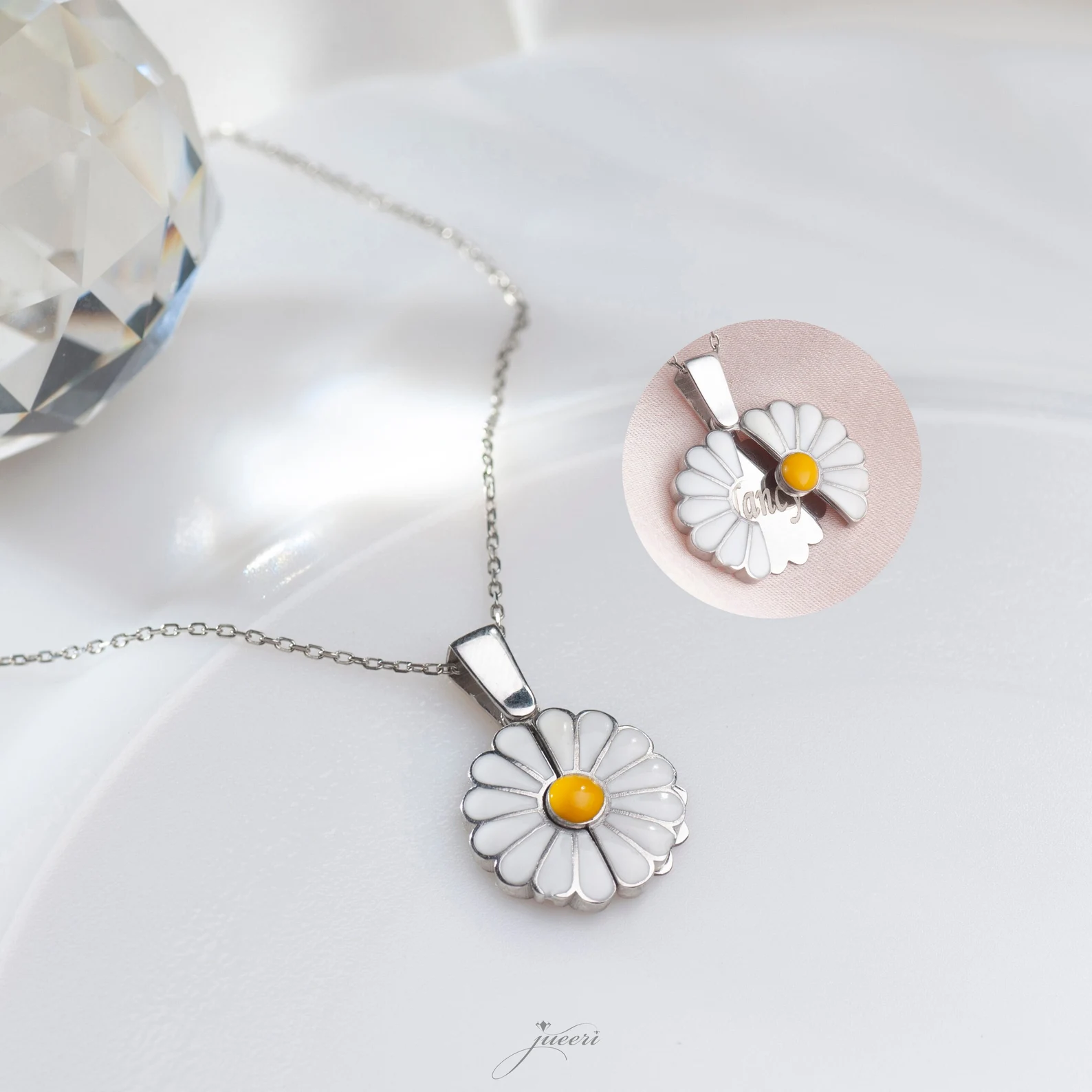
A daisy/sweet pea birth flower necklace is a thoughtful and personalized gift for someone born in April as it represents the characteristics and traits associated with their birth month. Additionally, a birth flower necklace is a unique and beautiful way to celebrate the recipient’s birthday and add a personal touch to the gift.
2. Daisy/Sweet Pea Seeds
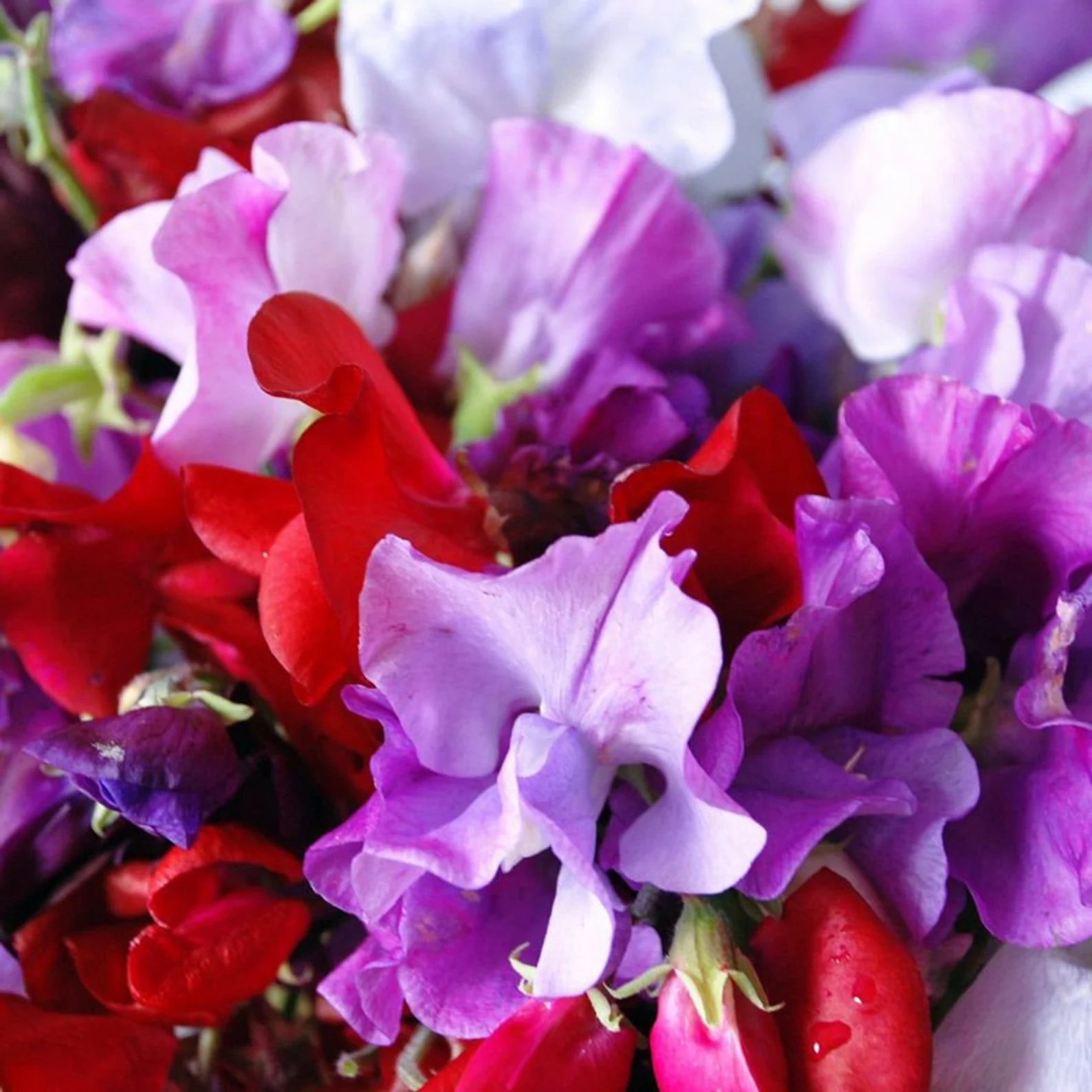
Daisy or sweet pea seeds are a unique and interesting gift for an April baby. These seeds can be planted and grown by the receiver, allowing them to enjoy the beauty of their birth flowers in their own garden.
Giving seeds as a gift also allows the receiver to create a new life and watch their birth flowers grow and flourish, making the gift both thoughtful and meaningful.
3. Real Daisy/Sweet Pea Flower Pendant
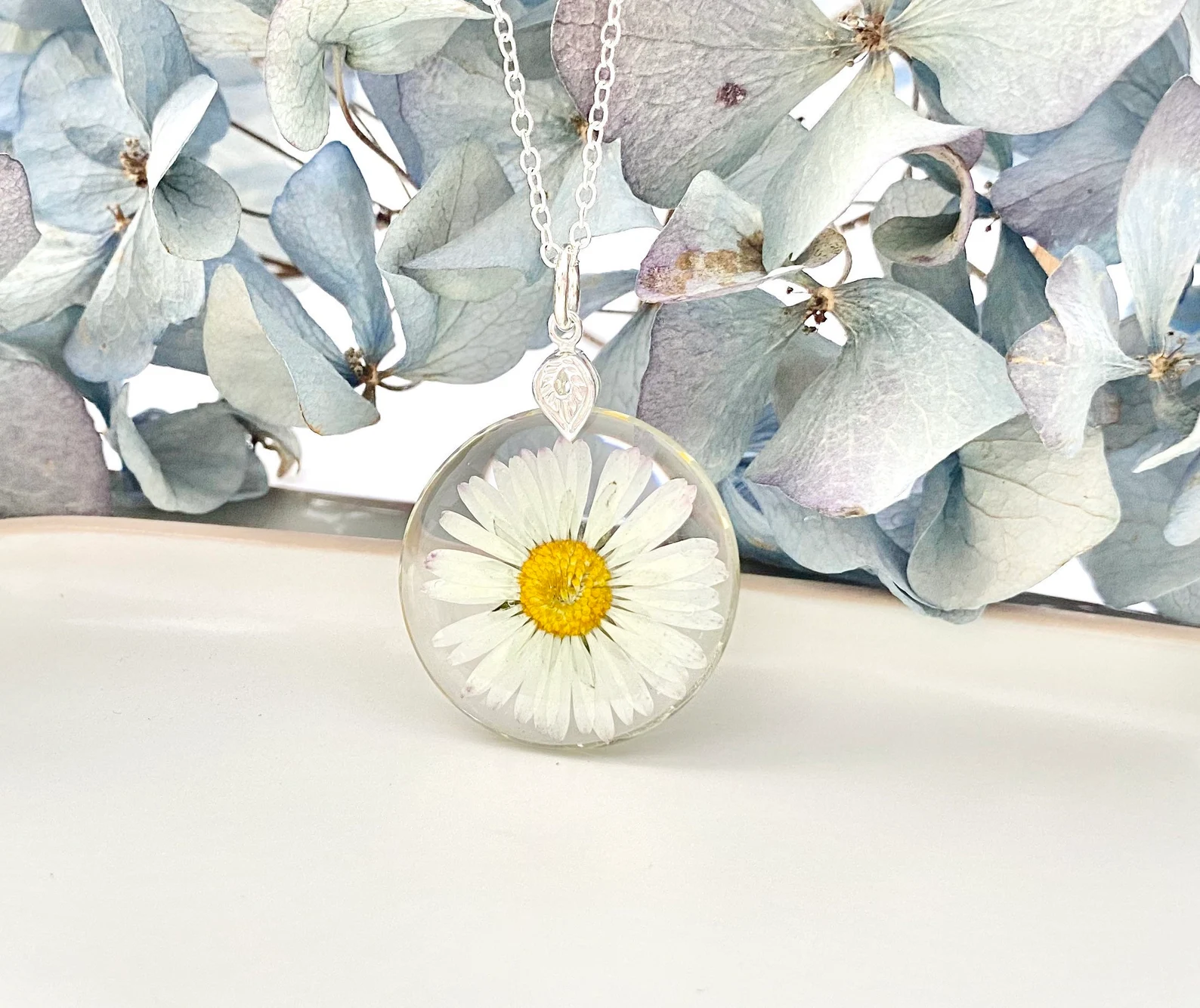
A pendant made from a real daisy or sweet pea flower would be a unique and beautiful way to celebrate the recipient’s birth month and show them how much you care. This pendant contains a handpicked daisy placed in high-quality, jewelry-grade Eco resin and is both pretty and lightweight.
4. Sweet Pea Earrings
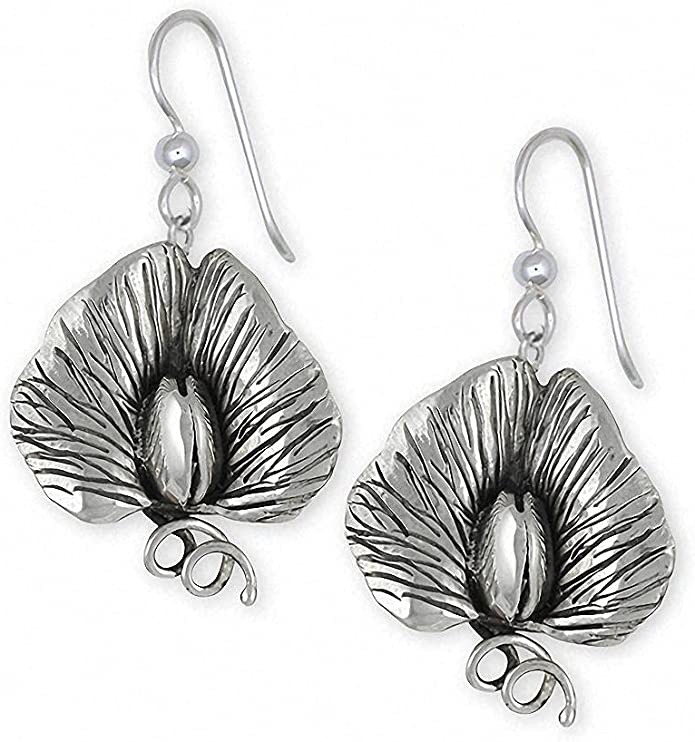
For an April born who likes jewelry, a pair of gorgeous sweet pea earrings would make an excellent gift. You can choose a pair in sterling silver, yellow, white, or rose gold for a classy look. As these earrings are handmade, you can be sure that the pair you choose will be unique and there will be no other like it!
5. Scented Candles
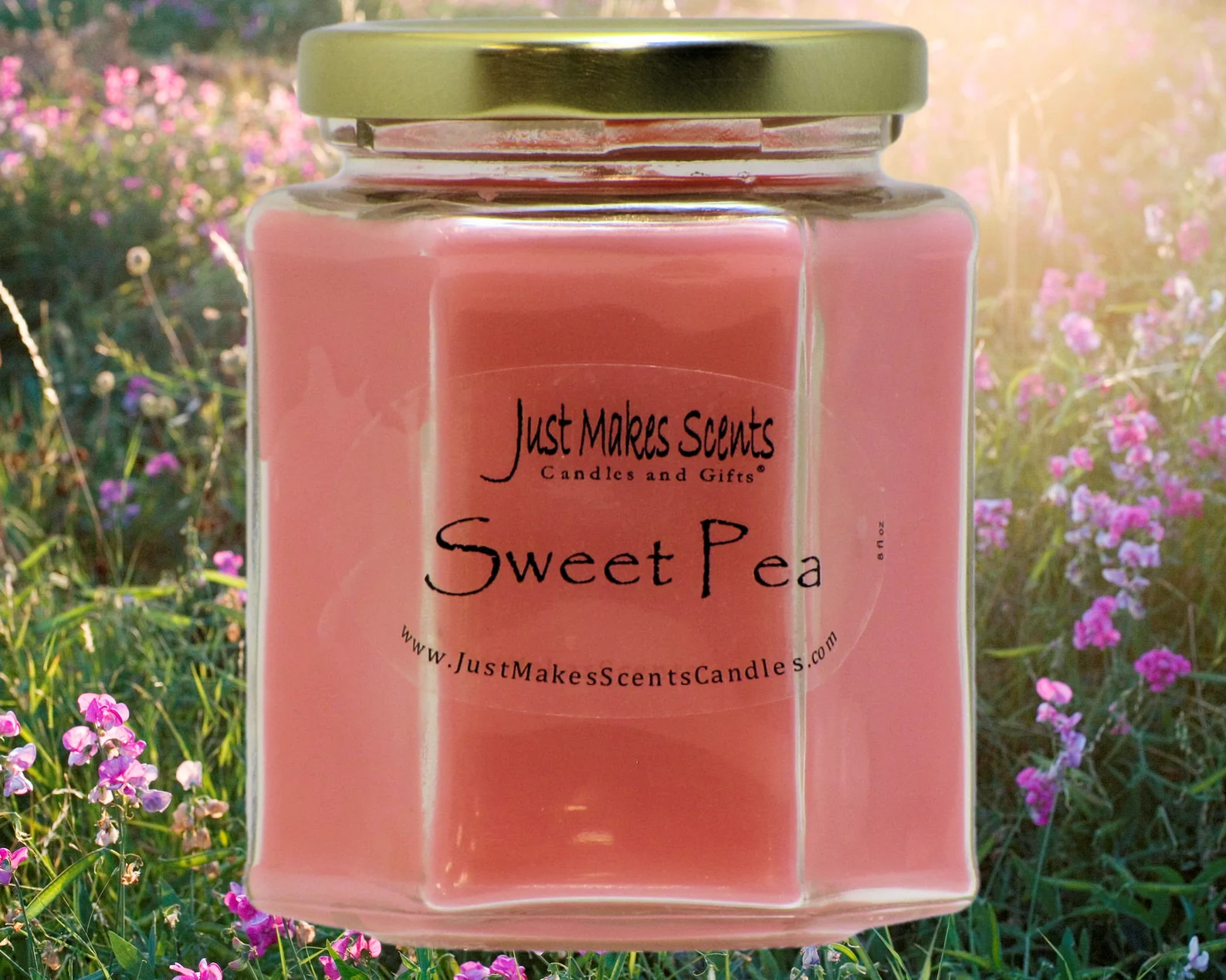
A sweet pea-scented candle would allow the receiver to enjoy the delicate and pleasant aroma of their birth flower. Additionally, a scented candle is a versatile and thoughtful gift that can be used in a variety of settings, from relaxing at home to creating a soothing ambiance during a bath or massage.
A sweet pea-scented candle would make a lovely and meaningful gift for someone born in April, allowing them to enjoy the beauty and fragrance of their birth flower in a practical and enjoyable way.
April Birth Flowers FAQs
Sweet peas only live for a year as they die once they set seed. Some species, such as the perennial species of this flower come back yearly.
In Christianity, the daisy was said to be associated with the Virgin Mary as it symbolizes innocence, humility, and chastity.
The sweet pea got its name from the Greek word ‘lathyros’ meaning ‘pea’ or ‘pulse’ and the Latin word ‘odoratus’ meaning ‘fragrant’.
Having a ‘daisy flower personality’ means that you’re a cheerful person who always has a smile on your face. You easily lighten up the room with your presence and you have a radiant, loving personality.
Sweet peas are easy plants to grow as they require very little maintenance. The most important thing to remember is that you need to plant them early in order to take advantage of the spring weather.
Wrapping Up
April babies are generally happy people and generous givers. If you have one in your life, then you know that they deserve to be appreciated for the joy they bring about. Therefore, make sure to get them something as beautiful and special as their birth flowers.





